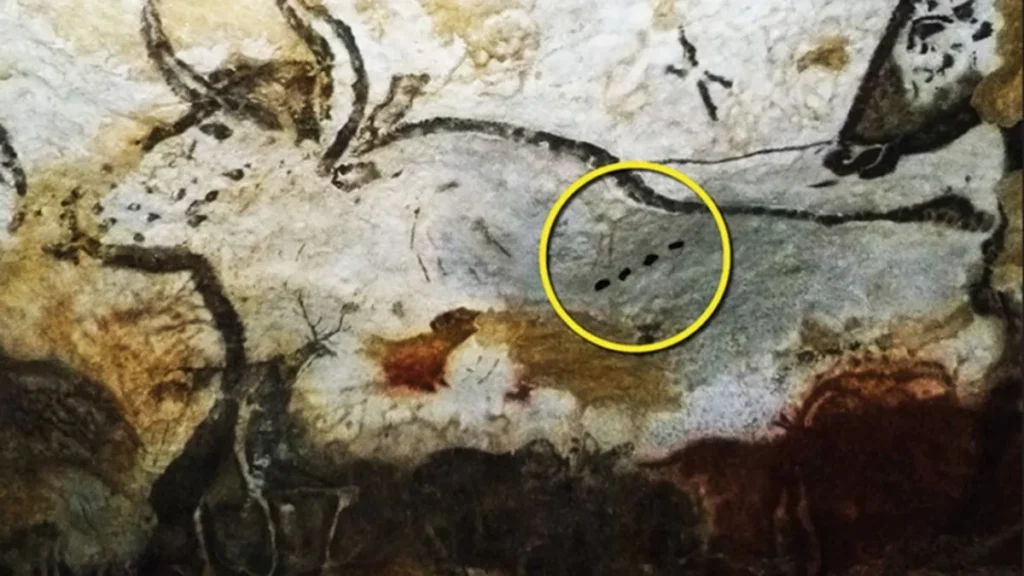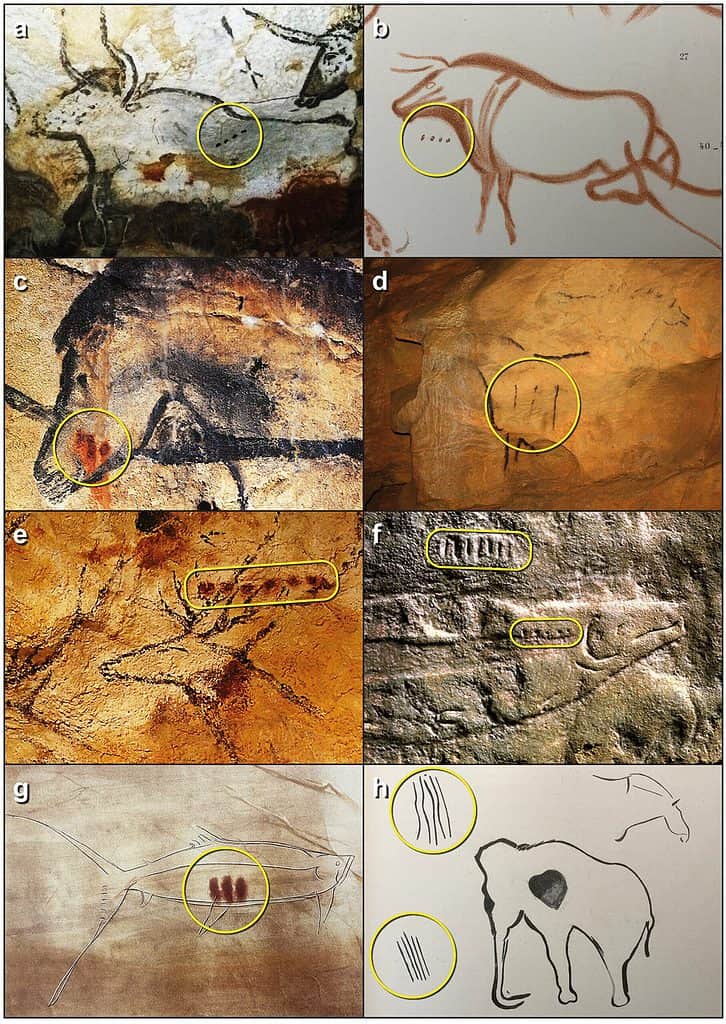Ice Age hunter-gatherers used cave paintings to record information about the world around them which helped them to survive, a study has found. The symbolic markings date back 20,000 years and were used to make notes about wild animals and their reproduction cycles. Remarkably, the initial discovery was made by a furniture conservator in the UK.

Ben Bacon spent countless hours looking at examples of cave paintings and analyzing data and then went to academics with his theory, who encouraged him to pursue it. He collaborated with a pair of professors from Durham University and University College London, with whom Bacon published a paper in the Cambridge Archaeological Journal.
Cave paintings of species such as fish and bison have been found across Europe. Alongside these images, mysterious dots and other marks have been found in over 600 Ice Age images on cave walls and portable objects. Archaeologists have long suspected these markings had a meaning but no one had solved the puzzle – until Bacon came along.
“The meaning of the markings within these drawings has always intrigued me so I set about trying to decode them, using a similar approach that others took to understanding an early form of Greek text,” Bacon, who has an English degree, told BBC. “I amassed as much data as possible and began looking for repeating patterns.”
Understanding the markings

Analyzing the total number of marks, either dots or lines, found in sequences across hundreds of cave paintings, the researchers found that none of the series had over 13 marks – consistent with the 13 lunar months each year. “We hypothesize that sequences are conveying information about their associated animal taxa in units of months,” they wrote.
The study of sequences of marks associated with animals suggested correlations between the number of marks and the lunar months in which the specific animals are known to mate. Taking the hypothesis a step further, the researchers believe the inclusion of a “Y” sign, formed by adding a diverging line to another, meant “giving birth”. This means hunter-gatherers were actively monitoring and recording the breeding cycles of wildlife, and probably used this information to time their own migrations and improve their hunting success.
“To say that when Ben contacted us about his discovery was exciting is an understatement. I am glad I took it seriously,” Paul Pettitt, study author, told BBC. “This is a fascinating study that has brought together researchers with expertise in archaeology and visual psychology, to decode information first recorded thousands of years ago.”
Pettitt and his colleagues describe the markings as a “proto-writing system,” an intermediary step before a full-blown symbolic writing system like the alphabet. The findings have encouraged them to do further research, seeking to unlock other pieces of the puzzle that may help them gain an understanding of what information our ancestors valued.


